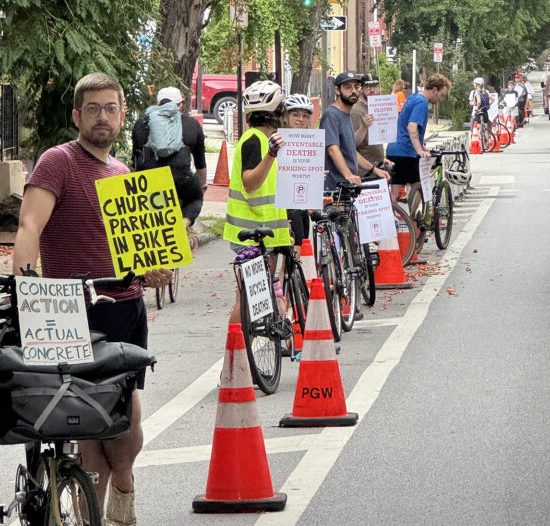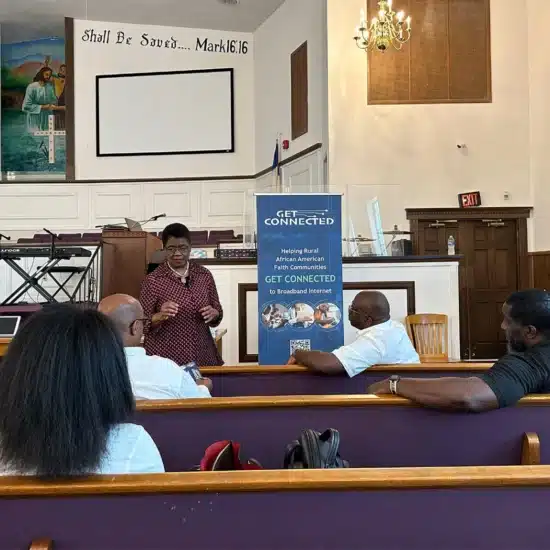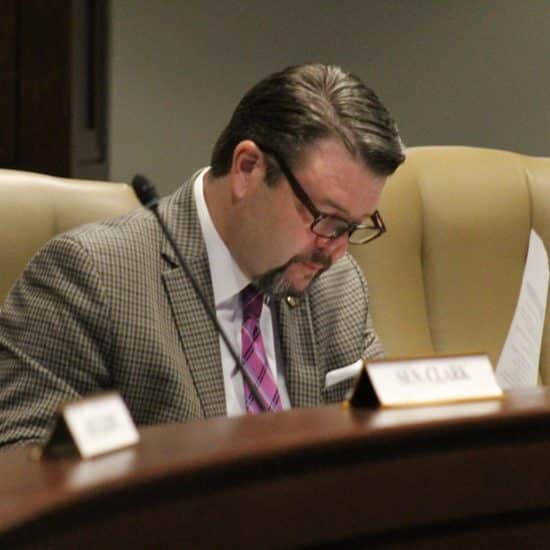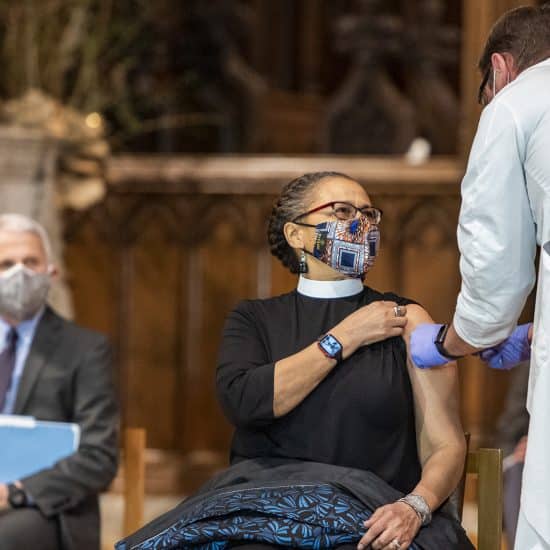Christ’s Great Commission—to share the gospel with people of every language, nationality and culture—calls Christians to find ways to penetrate unreached areas.
Planting new churches in places where none exists, or in specific cultural contexts, can result in changed lives and the expansion of God’s kingdom.
Planting as process
The sheer number of possible interest, age, language and specialized groups means the potential for thousands of models that could be used when starting a new congregation. That’s why the Baptist General Convention of Texas uses a process with specific expectations but with enough flexibility to adapt to each new work’s context.
“The philosophy that drives church planting is that churches start churches. We have truly gone back to that philosophy,” said Paul Atkinson, Texas Baptists’ director of church starting.
That approach requires every individual who wants to plant a church to find a congregation—not a network or a group of churches—but a church willing to sponsor it. Networks and groups of churches can partner with the new start, but the church planter must have one primary sponsor.
Atkinson sees two types of church planters—those who have a vision or a passion for a particular people group and those who have a planting style and look for a group to reach with that style. Regardless of approach, each planter is required to find his or her primary sponsor before beginning a new work with BGCT assistance.
“It’s kind of his first test. If he can’t find one, he’s not going to be able to lead laypeople … and the church is not going to make it,” Atkinson said. “Who we’re really partnering with is the sponsor church. It’s the hardest line we hold.”
The primary sponsor signs a church-planting covenant and is the one responsible for that church start, Atkinson said. A sponsor representative also must attend each strategic planning session.
The sponsor must sign off on all major transitions, such as when a church calls a pastor or other staff member. In the case of a planter of a different nationality, the sponsoring church must hold the immigration papers and is responsible to know the planter’s legal status.
Planting as individuals
The Baptist General Convention of Missouri also stresses the churches-starting-churches process but generally sees more individuals who feel called to begin a new congregation.
“I think churches starting churches is the healthiest way—a church or a cluster of churches starting another church,” noted Owen Taylor, Missouri Baptists’ church planting team leader.
Sometimes a group of people who live in an unchurched area will see the need and feel led to plant a church there, he added.
“But we’re seeing more individuals who say, ‘I want to be a church planter,’” Taylor said. “Even if a church starts the new church, … it still comes down to seeing an individual who acts and who is the leader.”
Planting as matrix
The Baptist General Association of Virginia relies on a matrix or combination of approaches to plant new churches, depending upon context. “Church planting is a means to an end—to impact spiritual lostness,” explained Wayne Faison with Virginia Baptists.
“It is the most effective evangelism strategy in whatever expression,” he added. “Our idea is: What is its (the specific approach’s) effect on spiritual lostness.”
The team works with the church planter and the new work’s partners to understand the area’s needs and the underlying passion for a specific new start.
“We try not to think of it as church planting … but more as launching,” Faison said. “It is not for us to come in as a mothering church … but to figure out how can we get the dream to become reality … launching it out and expanding it.”
The term “church planting” conjures up agricultural images to which many people might not relate, Faison said. While everyone involved in starting a new church understands the hard work involved, his team prefers to use “church launching.”
“We think of it in terms of the Fourth of July,” he added.
The Virginia Baptist convention provides coaching for every planter, association or church that wants to start a new work and assessments of church planters and spouses. The team recruits church starters for unreached areas of the state and provides a variety of training.
Planting as partnership
The Cooperative Baptist Fellowship focuses on partnership—with a state CBF body, a local church and a core group with an identified leader. “We believe that church planting is part of a missional expression of what it means to be church,” said Bo Prosser, coordinator for congregational formation.
“It takes all of us to nurture and grow a new work. We partner with these groups, sharing mentoring roles, sharing responsibilities for support and pooling our resources.”
Partnership encourages churches to participate in God’s mission, CBF’s understanding of being “missional.”
“We believe God calls churches to start churches. We believe CBF’s role is to partner with churches to help them catch this vision,” Prosser added.
Planting as discipleship
The Southern Baptist Convention’s North American Mission Board offers materials and assistance to set up church planting centers in areas or regions to help create “environments where multiple disciples are intentionally selected, developed and sent to make disciples which results in new churches,” according to its website, Church Planting Village.
NAMB stresses building relationships and generally works through its state conventions and NAMB-appointed missionaries for its church planting efforts.
Its process may evolve as changes are implemented under recommendations made by the SBC’s Great Commission Resurgence task force and adopted at the convention’s annual meeting in June. One of those changes may allow the convention’s International Mission Board to minister to international people groups residing in the United States.






